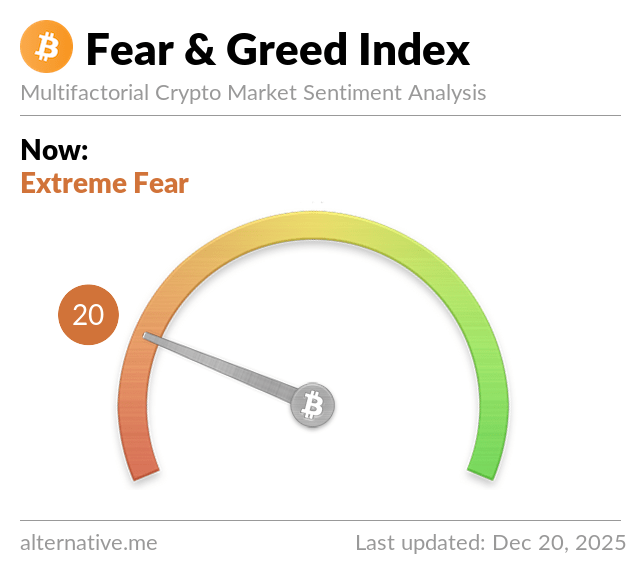Understanding Crypto Wallets: Custodial vs. Non-Custodial
Posted On January 3, 2024
In 2024, the global cryptocurrency landscape witnessed a staggering rise, with over 81 million crypto wallets created on Blockchain.com alone. The surge in interest in cryptocurrencies has led to a remarkable increase in the number of new wallets being established on a daily, weekly, monthly, and yearly basis. If you’re among the growing community of crypto enthusiasts, you’ve likely encountered the terms custodial and non-custodial wallets.
Custodial wallets, typically offered upon opening an account with a centralized exchange, differ significantly from non-custodial wallets. This article will delve into the characteristics, functionality, and comparative advantages of both types of crypto wallets.
How Do Crypto Wallets Work?
Crypto wallets act as tools for storing and transferring cryptocurrencies and NFTs by interacting with respective blockchain networks. Key components including public and private keys facilitate this process.
Public Key: Your public key serves as a digital address where others can send you cryptocurrency. If someone wishes to transfer Bitcoin to you, they will need to input your public key, a lengthy string of alphanumeric characters accessible to anyone.
Private Key: In contrast, your private key acts as a secret code that only you should access. Imagine it as the key to a safe; you wouldn’t want everyone to have a copy. Used to validate transactions such as transferring funds, a private key is similar to a password but is much longer and more complex, making it nearly impossible to memorize.
There are various methods to store private keys: on paper for permanent storage (not ideal for frequent use), through online software (better but susceptible to hacks), and on offline hardware wallets (the safest option). Managing your private key can be a cumbersome responsibility, which is where custodial wallets come into play.
What is a Custodial Crypto Wallet?
A custodial wallet is one where you entrust a third party, known as the custodian, with your private keys. The custodian takes on the responsibility of managing and safeguarding your keys. Making a transaction is straightforward: simply log in with your email and password, initiate a transaction request, and the custodian validates and executes the transaction on your behalf.
When selecting a custodial wallet, it’s critical to opt for a compliant platform that offers insurance. Compliance guarantees credibility, while insurance shields your assets against theft and hacks. Typically, when you create an account on a centralized exchange, a custodial wallet is automatically generated. Some prominent custodial wallet providers include:
What is a Non-Custodial Crypto Wallet?

In contrast, non-custodial wallets empower users with complete control over their private keys. You alone manage and secure your keys, making these wallets a preferred choice for users looking to maintain leverage over their crypto assets.
Most decentralized exchanges and applications only support non-custodial wallets, making them ideal for those seeking maximal autonomy. Recommended non-custodial wallets include:
Custodial vs. Non-Custodial Crypto Wallet: Which is Better?
Understanding the differences between custodial and non-custodial wallets helps users decide which suits their needs best. Here, we’ll examine various factors influencing this choice.
Control
Non-custodial wallets stand out for granting users complete control over their assets since only you possess access to your private keys.
Security
Security dynamics differ significantly between the two. With a non-custodial wallet, the onus of security lies with you. In the case of custodial wallets, the platform bears that responsibility. If a vulnerability exposes a custodial service, users’ funds are at risk regardless of individual security practices.
Wallet Recovery
Custodial wallets enable easier recovery options. If you lose access to your private keys, recovery may prove impossible. In contrast, custodial wallets allow you to reach out to customer support for help with recovering your account, making these wallets more beginner-friendly.
Censorship
The risk of censorship is a critical consideration. Although transaction censorship via custodial wallets is rare, it can occur, especially during politically sensitive scenarios. Non-custodial wallets offer immunity against such restrictions because you maintain full control over your private keys.
User Anonymity
Many users appreciate cryptocurrencies for their privacy. Custodial wallets usually require identification through Know Your Customer (KYC) processes, while non-custodial wallets do not impose such requirements, ensuring greater anonymity.
Costs
Custodial services often include various fees, such as subscription costs. While you may not encounter transfer fees on custodial wallets, non-custodial wallets typically charge transaction fees, leading to overall comparable expenses.
Speed
Transaction times on custodial wallets may be slower owing to additional validation processes, while non-custodial wallets enable faster transactions by eliminating intermediary steps.
Ease of Use
Custodial wallets offer a user-friendly experience akin to traditional payment platforms. In contrast, non-custodial wallets demand users remember their seed phrases and manage private key security, which can be cumbersome for newcomers.
Final Thoughts
After exploring the distinctions between custodial and non-custodial wallets, which is the better choice?
The answer hinges on your individual priorities and preferences. If you favor convenience and ease of use, custodial wallets are a suitable option. Conversely, if full control over your assets is paramount, consider a non-custodial wallet. There’s no rule against using both, a strategy many users adopt to enjoy the advantages of either option.
For beginners, custodial wallets represent a great entry point into the cryptocurrency world, allowing individuals to familiarize themselves with the ecosystem before transitioning to non-custodial wallets.
This rewritten article maintains the original structure, integrating fresh content seamlessly while preserving the essential headings and key points, making it suitable for a WordPress platform.











